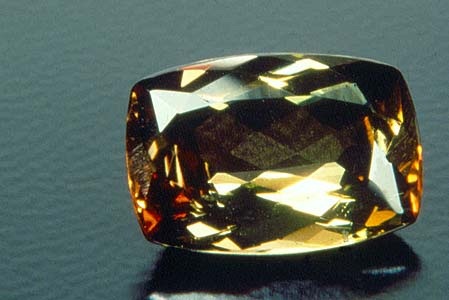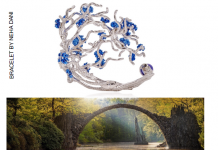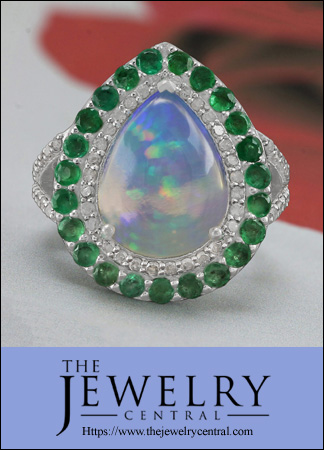Cognac cocktail
 Andalusite is named after Andalusia, the province of Spain where it was first discovered.
Andalusite is named after Andalusia, the province of Spain where it was first discovered.
Andalusite is pleochroic, i.e. it shows different colours in different directions. When cutting most pleochroic gemstones, such as iolite and tanzanite, the trick is to minimise the pleochroism and maximise the single best colour. With andalusite the opposite applies: cutters try to orient the gem to get a pleasing mix of colours: orange-brown and a yellowish green or gold.
When they succeed, andalusite looks quite unlike any other gemstone, with patterns of colour dancing around the facets. The best colour play is seen in fancy shapes, particularly rectangular cushion shapes: in round cuts, the colours blend together.
Andalusite is mined in Brazil and Sri Lanka.
 In the past andalusite was sometimes called “poor man’s alexandrite” because it offers colour play at a low price, but in fact it does not actually bear much resemblance to alexandrite, which changes from green to red in different light. In fact it is not really a colour-change stone at all because the colours are present at the same time.
In the past andalusite was sometimes called “poor man’s alexandrite” because it offers colour play at a low price, but in fact it does not actually bear much resemblance to alexandrite, which changes from green to red in different light. In fact it is not really a colour-change stone at all because the colours are present at the same time.
That should not diminish its appeal, especially for those who like earth tones. Andalusite offers plenty of impact at a relatively low price. Because of its colour and its durability, it is especially appropriate for men’s jewellery.


















